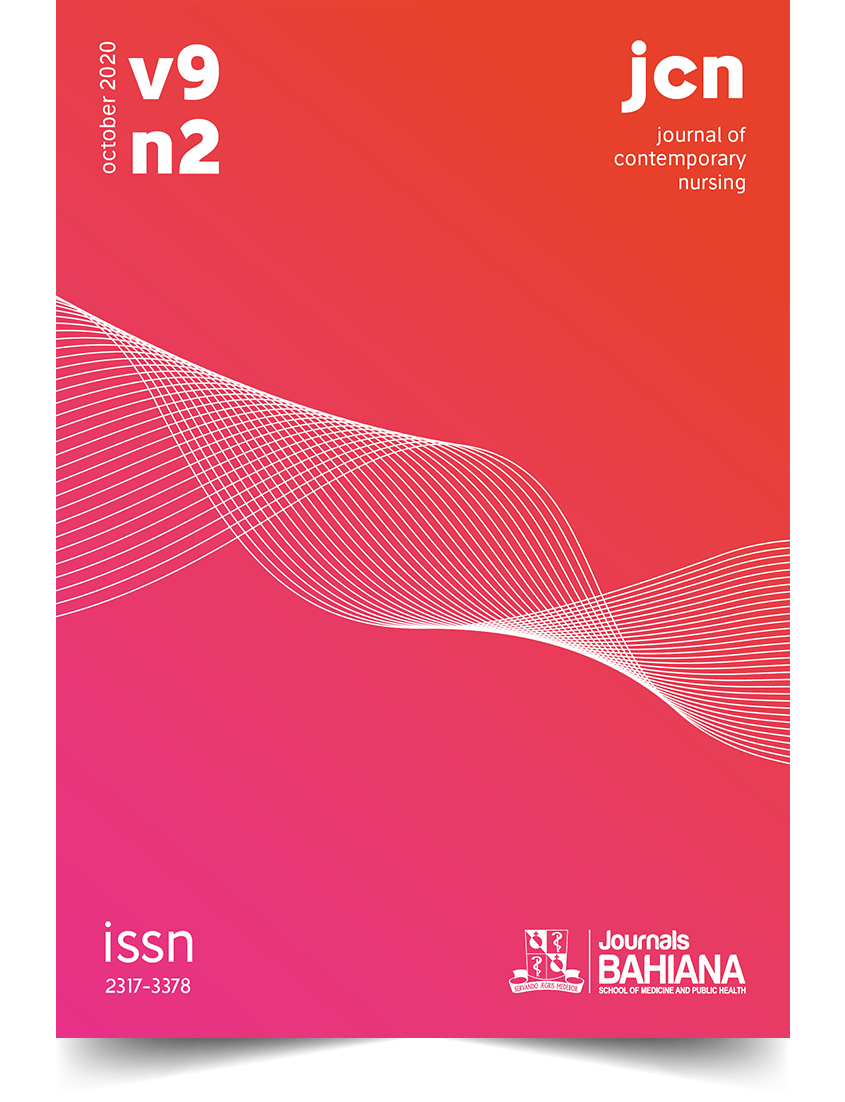Prevalence of nursing diagnostics in oil industry workers in Bahia, Brazil
DOI:
https://doi.org/10.17267/2317-3378rec.v9i2.2626Keywords:
Nursing. Occupational Health. Standardized Nursing Terminology.Abstract
OBJECTIVE: To describe the prevalence of nursing diagnostics and to analyse differences between the groups according to the indicator created from the diagnoses and intervention of the CIPE® relating to job satisfaction. METHOD: 869 workers attending the occupational health assessments of an oil industry with nurse practitioners, using a data collection form to support clinical reasoning in the definition of diagnostics and intervention, with CIPE®. Data collected were grouped into five indicators: food aspects, interpersonal relationships, physical health, health behaviours and working conditions. RESULTS: 13 types of diagnoses and 18 interventions were mapped, being the most prevalent "job satisfaction" (85.0 %) and "promoting healthy relationship and communication techniques" (76.3 %), respectively. The student's t-test was used to compare scores of the five indicators between the groups. The "satisfied at work" revealed better interpersonal relationships (p < 0.001). The group intervened with the initiative "to promote healthy relationships and communication techniques and to encourage healthy relationships" demonstrates better interpersonal relationships (p < 0.01) and better physical health (p < 0.05). The best working conditions (p < 0.01) were identified in the group subject to "other interventions". CONCLUSION: Structured performance of the nurse practitioner in the worker healthcare enables the development of strategies aimed at implementing improvements within organizational aspects of the nursing work.



